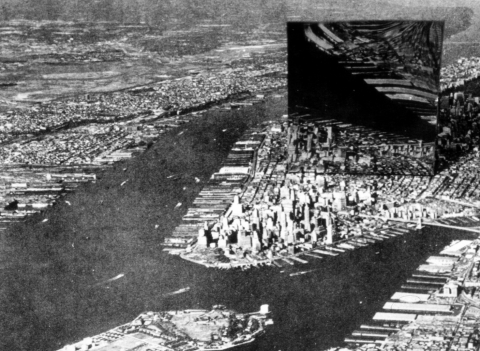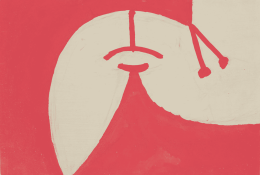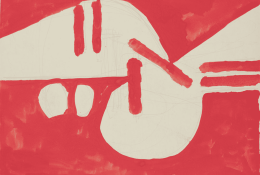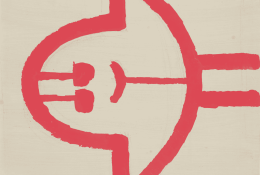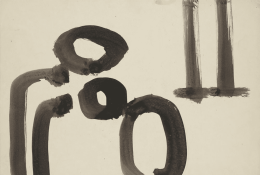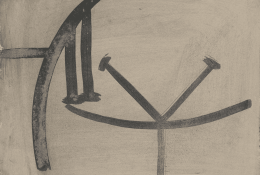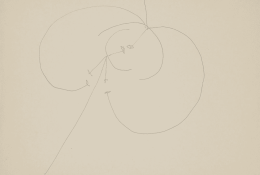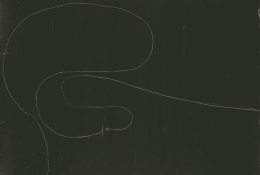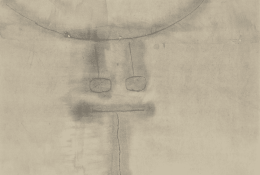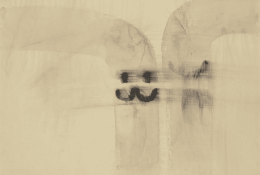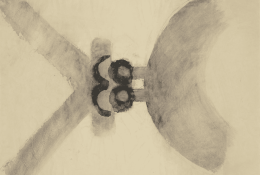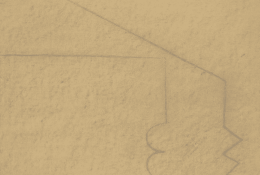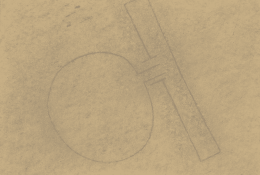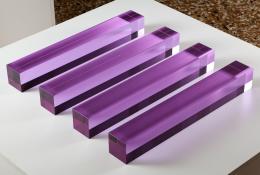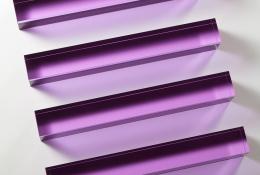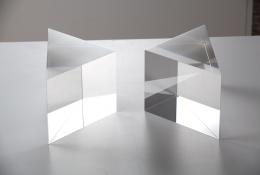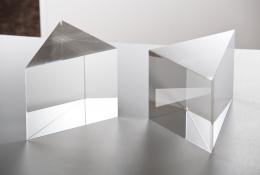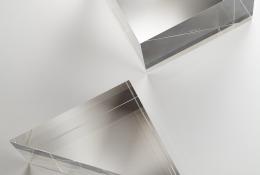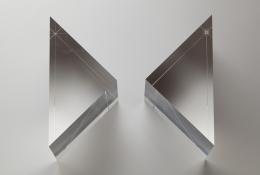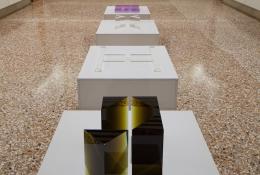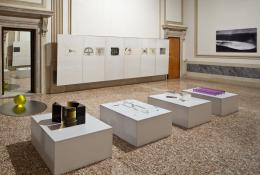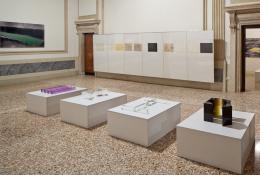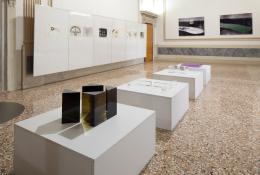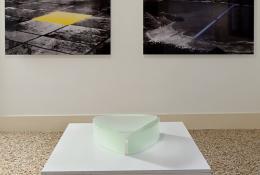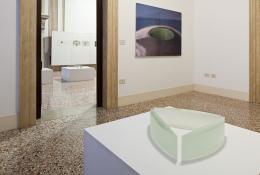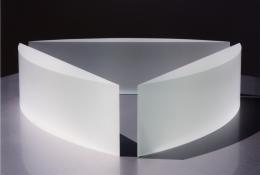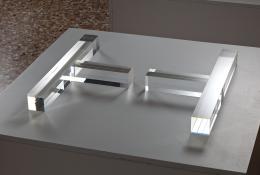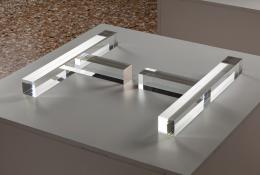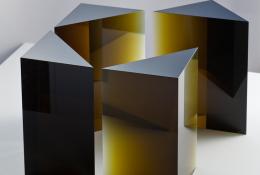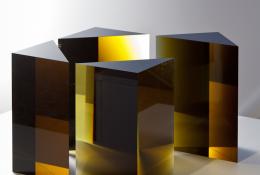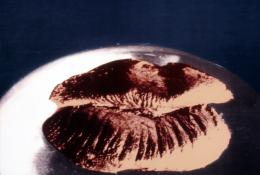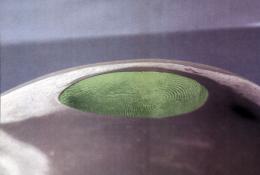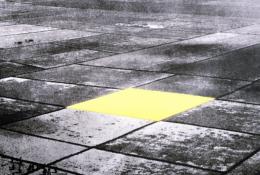Drawings and projects, 1956-1967
The expression "Land Art" entered contemporary art language in the late sixties and mainly concerns American artists. However as early as 1959, the Czech artist Václav Cigler, class of 1929, created projects on paper which are hard to define if not with that term: drawings traced in the landscape by ditches filled with fluorescent water, hedges and embankments, and walking trenches of varying heights. These landscapes are conceived to encourage meetings and interactions amongst individuals or to help solitary meditation, but in every scenario their aim is to catalyze latent psychological and spiritual energies. "I'm not performing a psychological study on a flat picture," Cigler noted, "but a psychological survey on a flat countryside / a web of ... axes / corridors routes ... ... energy fields".
For the first time in Italy, Caterina Tognon presents a selection of over twenty works on paper by Cigler from the period between 1956 and 1967. Due to the limited means at his disposal and the cultural and political climate of his country at the time, these works have not developed beyond the planning stage and provide us with the only evidence of the artist’s ambitious visions.
Only a small number of the drawings on show explicitly convey this design dimension. Most of them seem purely abstract creations of uncommon elegance, reminiscent of Paul Klee (especially the thick black lines of tempera paints) or of a certain biomorphic twentieth century line. However Cigler invites us to consider all the works on display as projects. In each case they show a search for forms, which, while detaching from the figurative references that inspired them, reach a universal dimension. Some of these have actually been created as environmental pieces - sculptures, installations, and garden architecture – developed by the artist many years later.
Cigler’s intent at the time is evident in another group of works on show: photomontages from the mid-sixties shown on this occasion in large prints. These are even more daring studies for projects on a large, almost monumental scale and include: huge mirrored buildings in the heart of New York; fluorescent tracts of land which continue into the distance; and "earthworks" the size of continents in the shape of fingerprints or lips. If drawings trace Land Art, photomontages, with their visionary and fantastic vein, have few rivals in the years they were made. The feasible imaginary of Radical Architecture (which even in this case relies on photomontages) is the only art form which can be used as a comparison. However it is easy to believe Cigler when he states that in the Czechoslovakia of the sixties he had no way of knowing the experiences of collectives like Archigram and Superstudio, or figures such as Hans Hollein and Yona Friedman.
A series of glass objects complete the exhibition and once again represent the dual identity of the drawings: they are autonomous creations - sculptures in optical glass, pure in form and of minimalist inspiration - but also maquettes for installations in glass and other materials, similar to those that the artist began to create around the world from the eighties.
Simone Menegoi
VACLAV CIGLER | SHORT BIO
Václav Cigler, glass sculptor, designer, utopian architect, was born in Vsetin (Czech Republic) in 1929. He studied at the School of Industrial and glass in Novy Bor and from 1951 to 1957 attended the Academy of Art, Architecture and Design in Prague. In 1965 he created the Laboratory for glass in architecture at the Academy of Art and Design in Bratislava which he led until 1979. As a sculptor and designer he has exhibited throughout Europe (from the Triennale di Milano to the Victoria and Albert Museum in London to the Museum Boijmans Van Beuningen in Rotterdam), in the United States and Japan.
